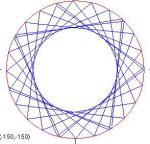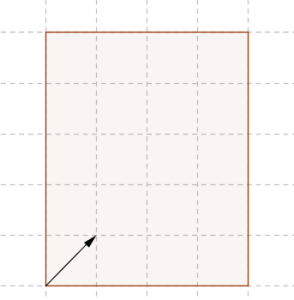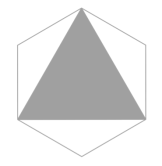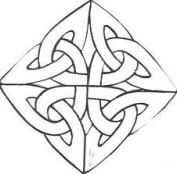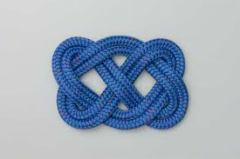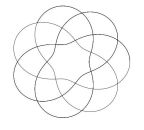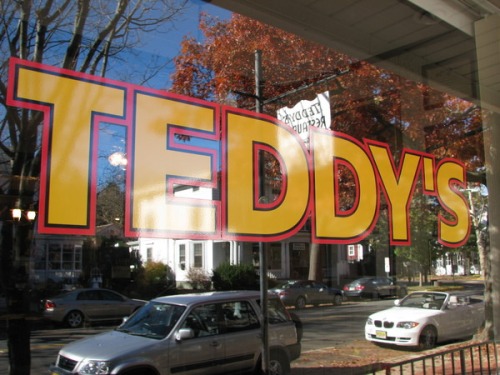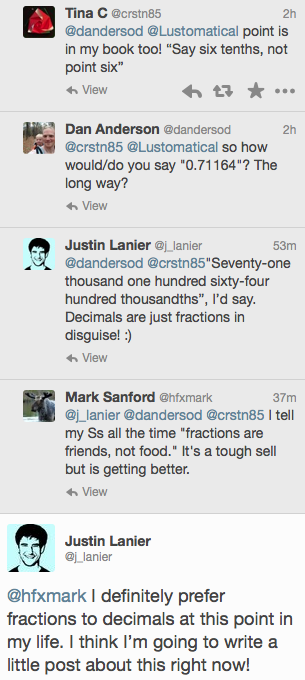tl;dr — In the fall I’m moving to Atlanta and starting a math PhD program at Georgia Tech. I’m really excited!
The long version: For the past two years, I’ve worked at Princeton Learning Cooperative. I’ve had the opportunity to help a diverse collection of teens to shape their lives and to pursue their interests and goals. In this time, I’ve had the chance to witness some incredible transformations. Kids who were pretty shut down when they came to us—avoidant, angry, listless, or painfully shy—have become happy, engaged, and funny young people who are excited about their futures. I’ve seen kids and families open up, unclench their fists, move past what their school experiences had led them to believe about themselves and the world, and start to build new and more joyful lives.
It’s a good gig.
More places like PLC need to exist, and more are popping up each year. If our mission and vision resonates with you, be in touch—with me or with Liberated Learners, our umbrella organization. I can speak from first-hand experience that operating an unschool can be a great life—immeasurably complex and immeasurably rewarding.
I knew from the start that I would only be at PLC for the short-term. I was interested in encountering a certain kind of educational environment, but I knew that central New Jersey and PLC as an organization wouldn’t be long-term homes. One idea for my next step was to move somewhere and to start an unschool of my own, modeled on the thoughtful and well-executed systems that PLC has in place, and done up with all of my own little personal touches.
But life is long, you know. Starting an unschool means putting down significant roots, and it’s just not where I’m at yet, both in personal and in life-arc terms. I won’t be surprised if starting an unschool is still in the cards for me, but I don’t think it’s a calling I have for the next fifty years of my life. I have another chapter or two to write first.
So what, then? Well, in the past two years there’s been another storyline, too, which I didn’t anticipate.
Pursuing a PhD in mathematics was never a part of my picture of the world when I was growing up, or even in college. I really only met PhD mathematicians once I started teaching, and even then it felt like a whole different world—something some of my colleagues had once done. When I was at Saint Ann’s, I took some graduate coursework in math, but stopped after a few classes. I couldn’t give the classes the attention required to get out of them what I wanted to. Also, I just didn’t just enjoy sitting in lectures so very much—#teachingsnob—and that plus cramming to get homework done was my whole experience. No interactions with classmates or professors. At a certain point, I just stopped. I figured if I were ever going to study more math, I would have to do it whole-hog—not just in my “free time”—and I’d have to figure out how to do it on my own terms. It didn’t feel particularly likely, because I couldn’t imagine leaving classroom teaching. I’m sort of a teaching addict. :)
Even two years ago, pursuing a PhD in math didn’t feel like a possible reality to me. But since then, I’ve had some experiences that have opened me up. I got to attend a couple of math conferences. I got to meet a number of mathematicians, including through Twitter and through writing Math Munch. I started taking stabs at reading math research papers and following chains of references and attending seminars. All of this came to a head last summer when I made a list of goals for this year and wrote “Get accepted to grad school(?)”
And so as it turns out, over the past year I’ve studied for the GRE math subject test, researched different math PhD programs, opened myself to the possibility of falling in love with this path forward, contacted potential advisors, got support from family and friends and colleagues, put in some applications, got some acceptances (yay!), made visits, and made a final decision. And I’m really glad to say that I’ll be starting a PhD program in the School of Math at Georgia Tech in the fall. My focus will be in geometry and topology, and particularly in geometric group theory and geometric topology. Both of these fields were—no accident here—shaped by Bill Thurston.
There are a lot of reasons I’ve decided to go to grad school. I’ve got some of this typed up, but this is getting long as it is—so stay tuned for part two.
Thanks for indulging me this mind dump. These and connected thoughts have been bouncing around in my head for many months now. I’m really glad to be sharing them now!

